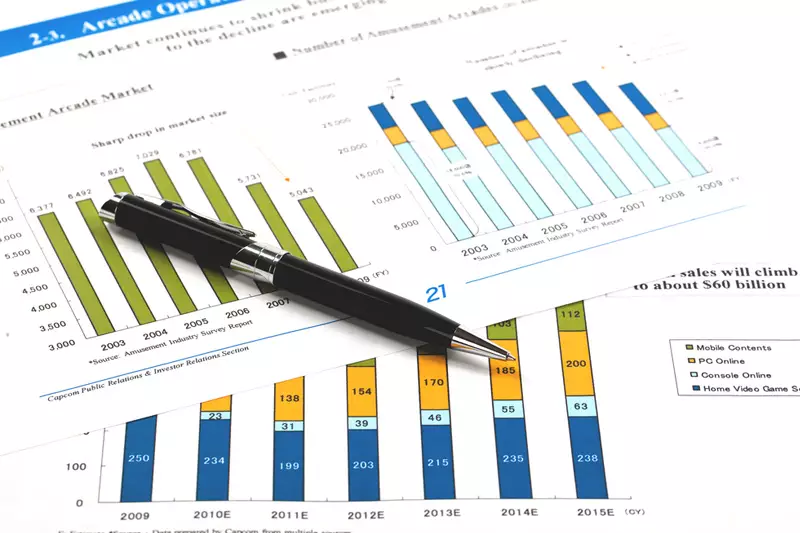The Resurgence of the U.S. Dollar Amid Shifting Political Landscapes

The U.S. dollar experienced a notable resurgence on a recent Wednesday, effectively reversing a three-day slide that had left many investors momentarily cautious. This rebound came just as anticipation grew around policies proposed by President-elect Donald Trump, stirring conversations about potential shifts in the economic landscape. The valuation of the dollar reflects not only market data but also the underlying sentiment pivoting around forthcoming political decisions. As financial players adjust their portfolios in response to these developments, it’s clear that the dollar’s trajectory is closely linked to both domestic and international scenarios.
In contrast, the Japanese yen weakened during the same period, fueled by diminishing demand for safe-haven assets. Recent commentary from Russian Foreign Minister Sergey Lavrov indicated an intention to prevent nuclear conflict, further dampening geopolitical anxieties that had briefly bolstered the yen and other safe havens. The marketplace is acutely responsive to emerging news cycles regarding the ongoing tensions in Ukraine and Russia, illustrating how interconnected global markets have become. Jane Foley, a currency strategist at Rabobank, highlighted that while immediate fears have subsided, the market remains highly sensitive to any new developments in international relations.
The dollar index—a metric that gauges the strength of the U.S. dollar against six prominent currencies—saw a 0.5% increase, climbing to 106.59. After hitting a one-year peak at 107.07 recently, the index indicates robust sentiment buoyed by expectations surrounding Trump’s proposed economic strategies. These include hefty fiscal expenditures, heightened tariffs, and stricter immigration policies—all measures projected to incite inflationary trends, which could further complicate the Federal Reserve’s monetary policies.
Amidst this environment, there are significant anticipations for fiscal policy changes under the incoming administration, and seasoned analysts believe that the market may be entering a consolidation phase. Foley posits that with substantial components of the so-called “Trump trade” already incorporated into market prices, clarity will not emerge until January when Trump assumes office and more concrete fiscal strategies are communicated.
Investors are also eagerly awaiting Trump’s announcement regarding a Treasury Secretary, a crucial role that could profoundly influence the nation’s financial direction. The delay in appointing this key figure has sown seeds of uncertainty, especially given that some earlier cabinet nominations have sparked controversy due to their perceived lack of relevant experience. As traders continue to navigate these murky waters, it becomes evident that the “Trump trade”—initially instrumental in boosting the dollar—is encountering resistance due to both domestic political controversies and the escalating situation across Eastern Europe.
Despite all the tumult, longer-term outlooks for the U.S. dollar suggest a reliance on concrete economic data. Reports from DBS strategists highlight that expectations surrounding monetary policy are shifting, especially with regard to potential interest rate cuts by the Federal Reserve. The likelihood of rate cuts has seen a decline, as traders recalibrate their forecasts, signaling a preference for stability rather than aggressive easing.
Contemporaneously, the British pound saw a momentary uplift before retracting gains after a report indicated unexpected inflation in the consumer market. This reinforces beliefs that the Bank of England will approach rate changes cautiously. Similarly, the euro experienced a minor decline but remains far from its previous session lows, illustrating that the dynamics of global currencies are rarely isolated from one another.
Amid these shifts in traditional currencies, cryptocurrencies like Bitcoin are also capturing attention. Having recently surged towards an all-time high of over $94,000, Bitcoin’s growth trajectory appears influenced by speculative optimism regarding a more supportive regulatory environment under Trump.
The current financial landscape is marked by a complex interplay of political developments, international relations, and economic indicators. Investors are navigating an era rife with uncertainty yet rich with opportunity. As the U.S. dollar continues to assert itself, its future will largely depend on how effectively the incoming administration can translate electoral promises into actionable economic policies, while the rest of the world watches keenly for signs of stability amidst volatility.





